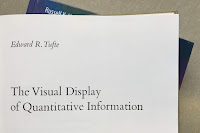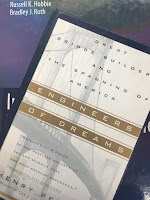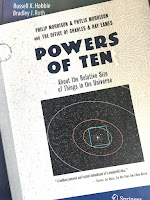 |
| The Visual Display of Quantitative Information, by Edward Tufte. |
Modern data graphics can do much more than simply substitute for small statistical tables. At their best, graphics are instruments for reasoning about quantitative information. Often the most effective way to describe, explore, and summarize a set of numbers—even a very large set—is to look at pictures of those numbers. Furthermore, of all methods for analyzing and communicating statistical information, well-designed graphics are usually the simplest and at the same time the most powerful.
 |
| A page from The Visual Display of Quantitative Information, by Edward Tufte. |
For non-data-ink, less is more.Of course, words can’t convey the lessons of this book. You need to see the graphics appearing on every page to appreciate his points.
For data-ink, less is a bore.
Many of the readers of the 4th edition of Intermediate Physics for Medicine and Biology will go on to become research scientists, engineers, or medical doctors, and will publish papers full of interesting data. That data will be presented more clearly, simply, and elegantly by following the principles and techniques outlined in The Visual Display of Quantitative Information and Tufte’s other books.
Listen to Edward Tufte talk about the Art of Visualization.
https://www.youtube.com/watch?v=AdSZJzb-aX8
https://www.youtube.com/watch?v=AdSZJzb-aX8





